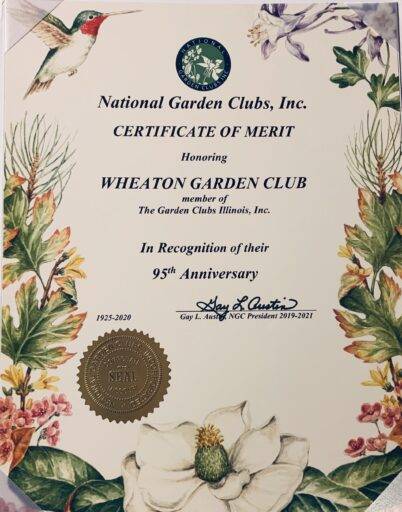
WGC Receives Certificate of Merit

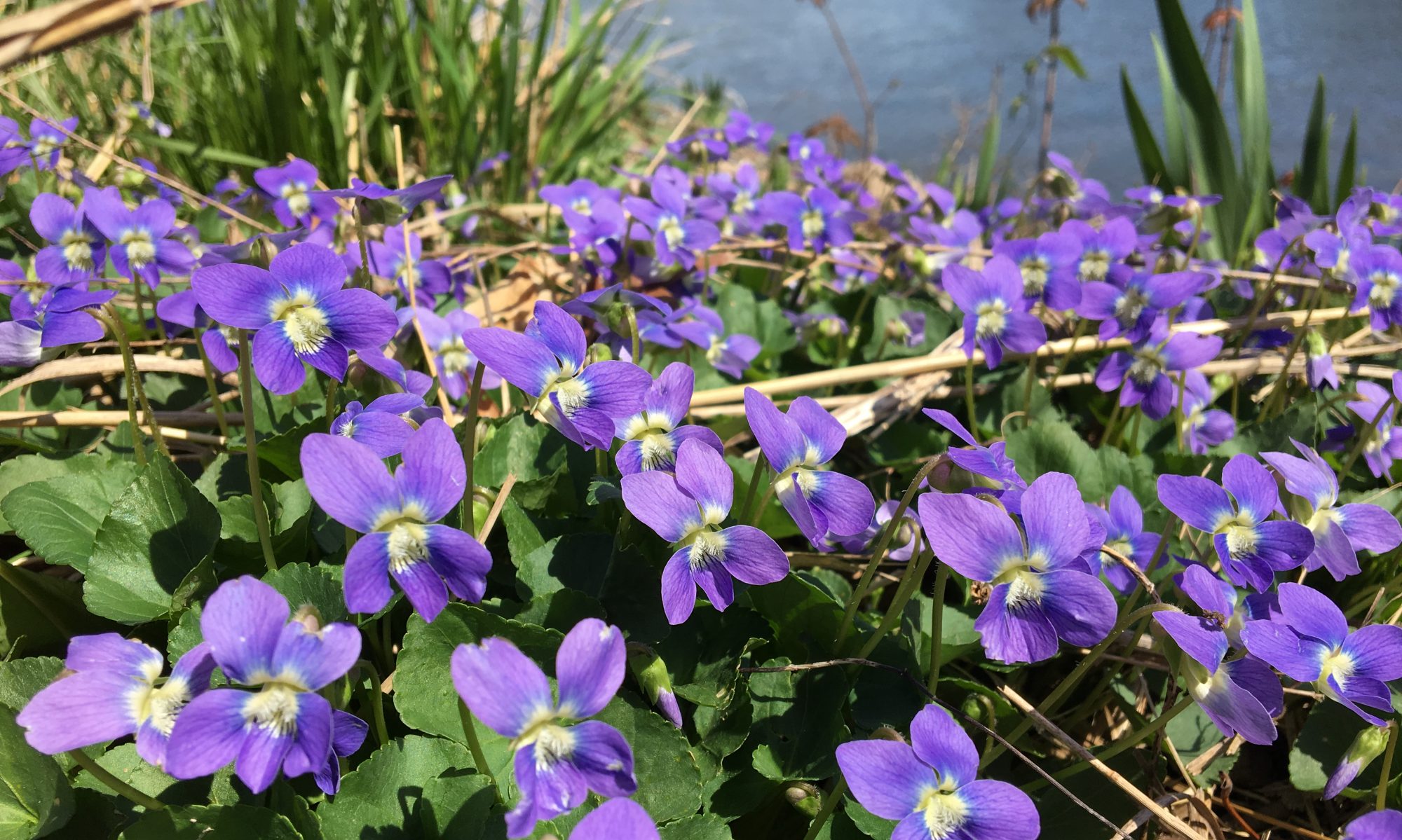
Wheaton, Illinois

As the Wheaton Garden club celebrates its 95th year, we are proud to announce that we are the recipients of two awards from the Garden Clubs of Illinois. The Wheaton Garden Club has won first Place in the Gloria Greene Advanced Designer Award and second place in the Planting for Pollinators Award.

The Gloria Greene Advanced Designer Award was based on the flower design workshop held for members in anticipation of the Wheaton Garden Club’s Flower Show in October 2019. Three members created designs, which were then judged by another member who is an experienced flower show judge. Seventeen members participated and left the workshop with helpful design information and an increase in confidence. I think that this quote from the award application best describes the workshop outcome: “… to paraphrase the television commercial for VISA, ‘peace of mind obtained for new members—PRICELESS’ ”.
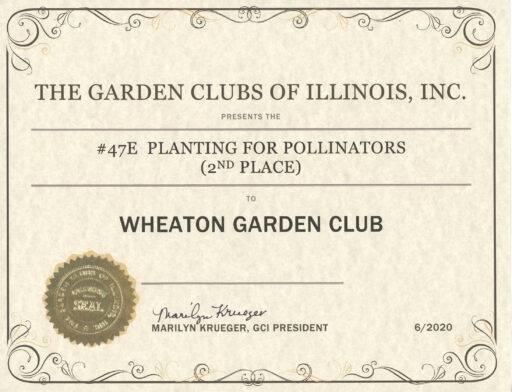
The Planting for Pollinators Award recognized the efforts of the Wheaton Garden Cub in promoting Monarch Waystations. To date, five members have been recognized for creating Monarch Waystations and five other members have planted milkweed, a vital food source for monarch caterpillars, in their gardens. . In addition, the Monarch Project committee created an educational display at the Wheaton Garden Club “Pollinator Power” Flower Show on the importance of growing milkweed for monarchs.
Congratulations to our Award Winners!
See more photos from our Standard Flower Show here.
Join us for our Standard Flower Show, “Pollinator Power”, on Thursday, October 3, 2019 12:30 – 9:00 pm and Friday, October 4, 2019 9:00 am – 4:00 pm, at the Wheaton Public Library. Admission is free.

During the fall months of September, October and November, after soil temperature drops below 60°F., the bulbs of spring flowering tulips, daffodils, hyacinths, scilla, dwarf irises, anemone, and crocus should be planted. Select healthy, disease free bulbs. Add Bone meal or Bulb fertilizer into the planting hole, as you prepare the soil.
Winter pansies, flowering Kale, flowering Cabbage, and fall mums may be planted now, to give a little color to the garden when the summer flowers have faded away.
Scatter the seeds of perennials in a row or in open beds this month so that the young seedlings will be ready to be transplanted into their permanent spot next spring.
As the weather cools, perennials which have overgrown their space or become crowded should be dug and divided, or moved to a new area of the garden. New or replacement perennials can also be planted this month.
Continue reading “Horticulture Report September 2019”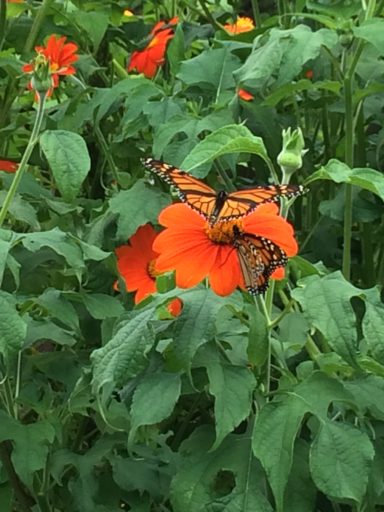
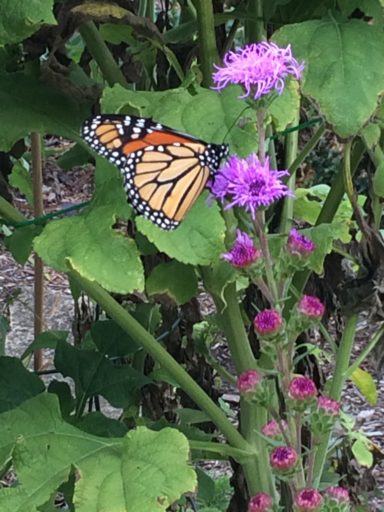
Enjoying many butterflies feasting in my garden.
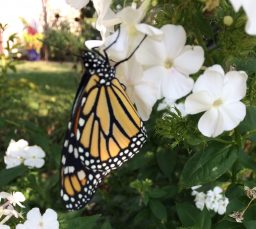
Four Wheaton Garden Club members have certified way stations! We are making progress on our way to reaching our goal of ten. A garden does not have to start from scratch to become a way station. Many times it only takes an addition of milkweed plants. In case you worry that milkweed is invasive, the following are not: butterfly weed (asclepias tuberosa), swamp milk weed (asclepias incarnata) and purple milk weed (asclepias purpurascens).
Information on Monarch Butterfly Way Station requirements and an application form can be found on the link below. You can register online or print out the application. The Wheaton Garden Club will cover the $16 registration fee for members.
http://www.monarchwatch.org/waystations/
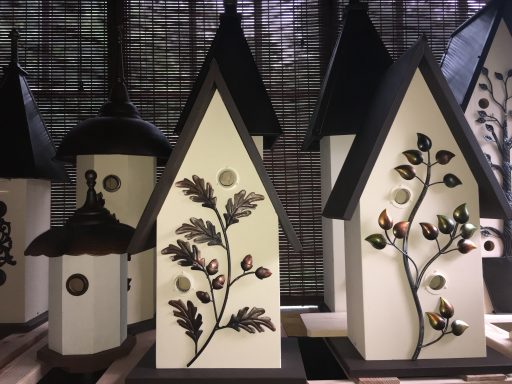
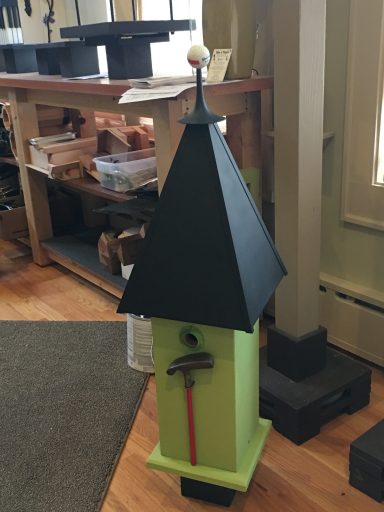
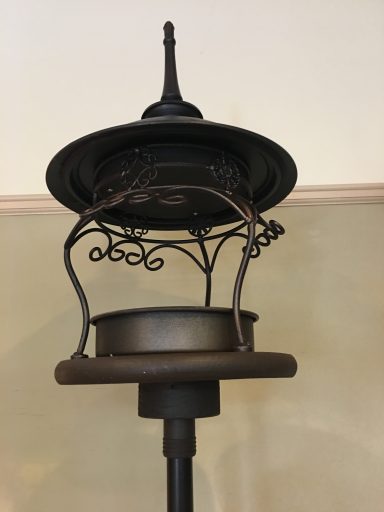
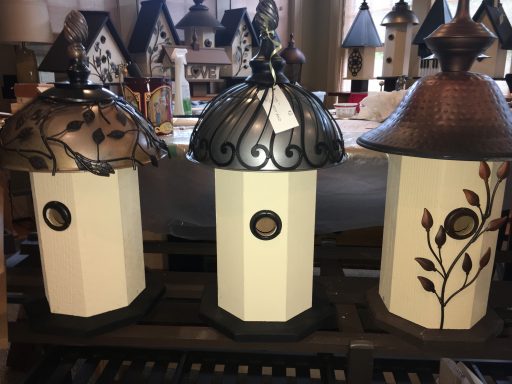
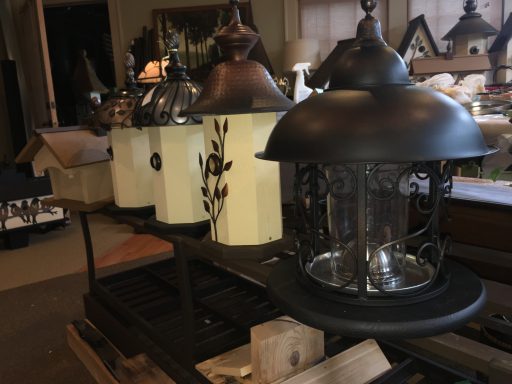
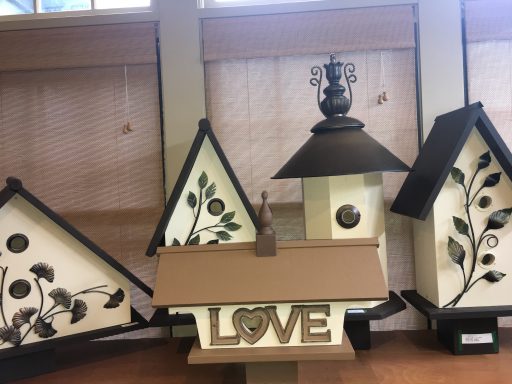
This is a friendly reminder that the plants you ordered through the Wheaton Garden Club Plant Sale will be available for pick-up this coming Saturday, May 18th, from 1 to 3 PM.
Please note that our pick-up is at a new location this year, 0N650 Coventry Drive in Wheaton. Coventry Drive is just west of Gary Avenue on the south side of Geneva Road. You can find directions to this location using the Bing Maps website. (Google Maps does not know this location.)
Beautiful birdhouses, similar to the ones shown above, will also be for sale during plant pick-up. Each one is an original work of art. Marcia, the artist, makes these out of love and donates all proceeds to charitable purposes. Proceeds from the sale of birdhouses on May 18th will go to help fund College of DuPage scholarships for horticultural students.
Don’t forget to bring your checkbooks. We’ll have some extra plants for sale, as well as the birdhouses.
Please remember that our plant pick-up is one day only. If you cannot pick up your plants on that day, please arrange for someone else to pick them up for you. The Wheaton Garden Club cannot be responsible for the condition of plants not picked up on May 18th. Thank you for understanding.
Prune spring-flowering shrubs such as forsythia that have already flowered.
Fertilize roses early this month or mid-month if you already fertilized last month. Use a 20-20-20 liquid solution when flower buds are set. Mulch around the plants to retain moisture.
Stake perennials before they reach 6 inches.
Pinch back fall-blooming perennials such as chrysanthemums, asters, and tall sedums once a week.
Direct growth of perennial vines on their supports.
Check peonies for botrytis blight or other fungal problems. If they had problems last year, spray when plants are 2-4 inches tall. I’m quoting: There are fungicides that can help protect your plants from Botrytis blight. You need to look for a product that says on the label that it can be used on the specific type of plant, peony, and the specific disease, for instance, Botrytis blight. There should be products with the active ingredient “Mancozeb” or some type of copper that are labeled for use on peony against Botrytis blight. In terms of where to apply the fungicide, read and follow all label directions! I don’t think it is necessary to dig out the peonies before treatment, but follow the directions above all. Fungicides should be applied to protect against Botrytis blight early in the season.
Continue reading “Horticulture Report – May 2019”Take it easy!
Be sure your garden beds are not too wet. If it’s been raining or snowing and the soil is saturated, you’ll have to postpone your gardening a bit longer.
Shrubs and trees
There is still time to plant trees and shrubs. However, by mid-month it will be a little late to transplant large trees or shrubs.
The months of March, April and May are ideal for pruning evergreens. If you have juniper, cypress or conifer that need shearing or pruning, this is a good time to do it. Remove all dead, diseased, and undesirable wood. Don’t prune back into the bare wood part of the plant.
Prune forsythia after it finishes flowering.
Broadleaf and needle leaf evergreens benefit most from lightly spreading a high nitrogen fertilizer around their bases.
Perennials, annuals and bulbs
April is the month for planting summer flowering bulbs like dahlias, gladiolas and lilies. Mix bulb fertilizer, processes manure and peat moss into the planting soil. Tuberous begonias and canna should not be set outdoors until all danger of frost has passed, so wait until next month.
Continue reading “Horticulture Report – April 2019”